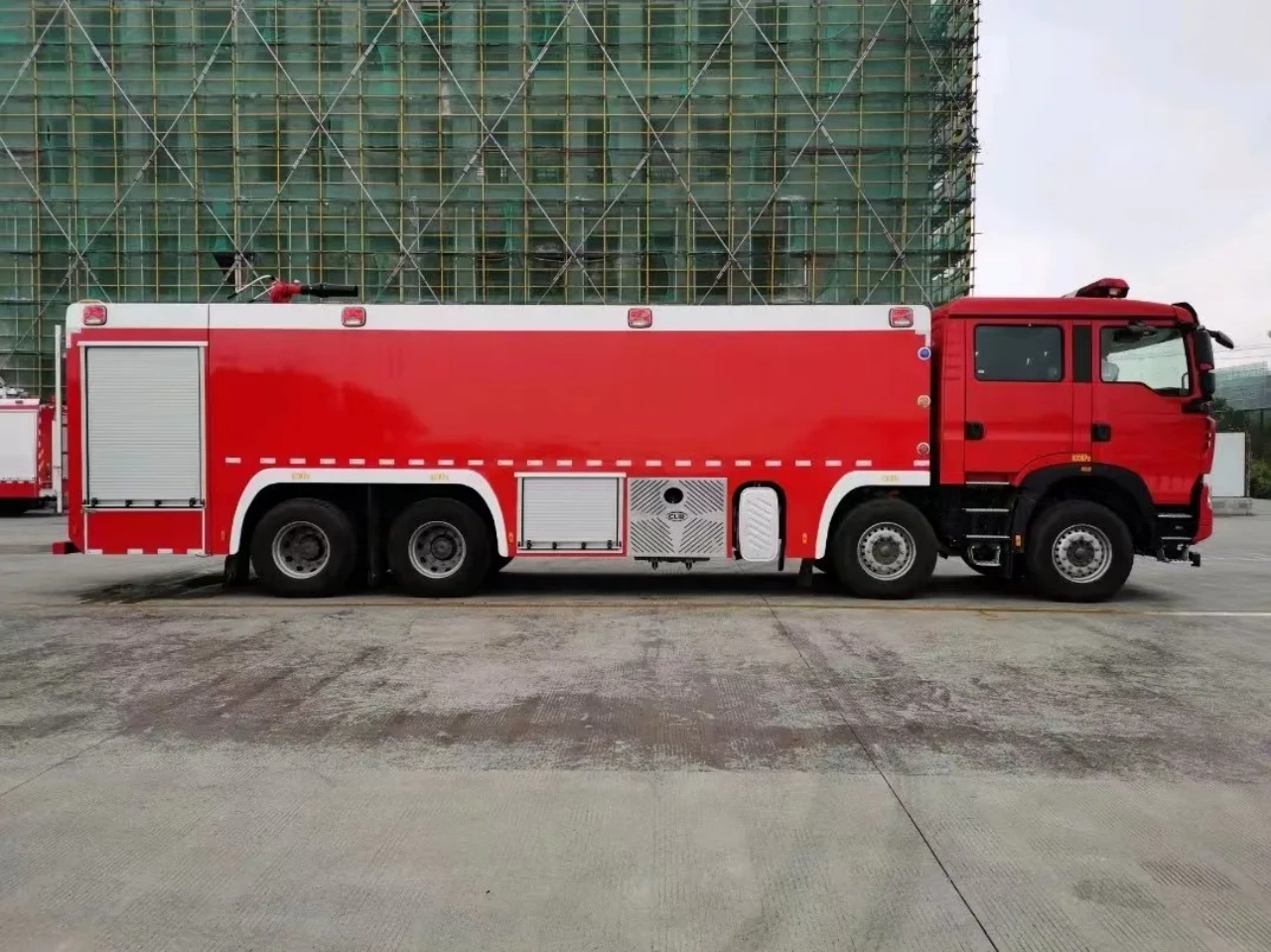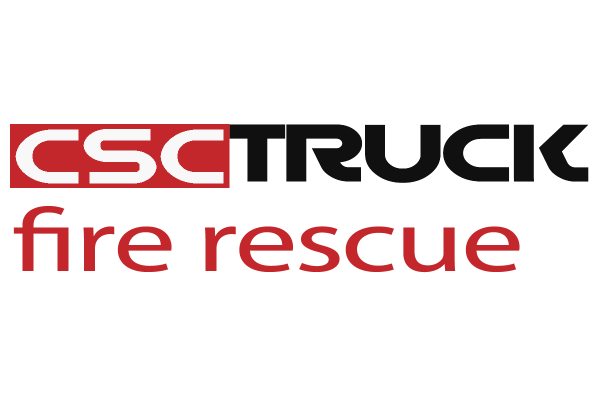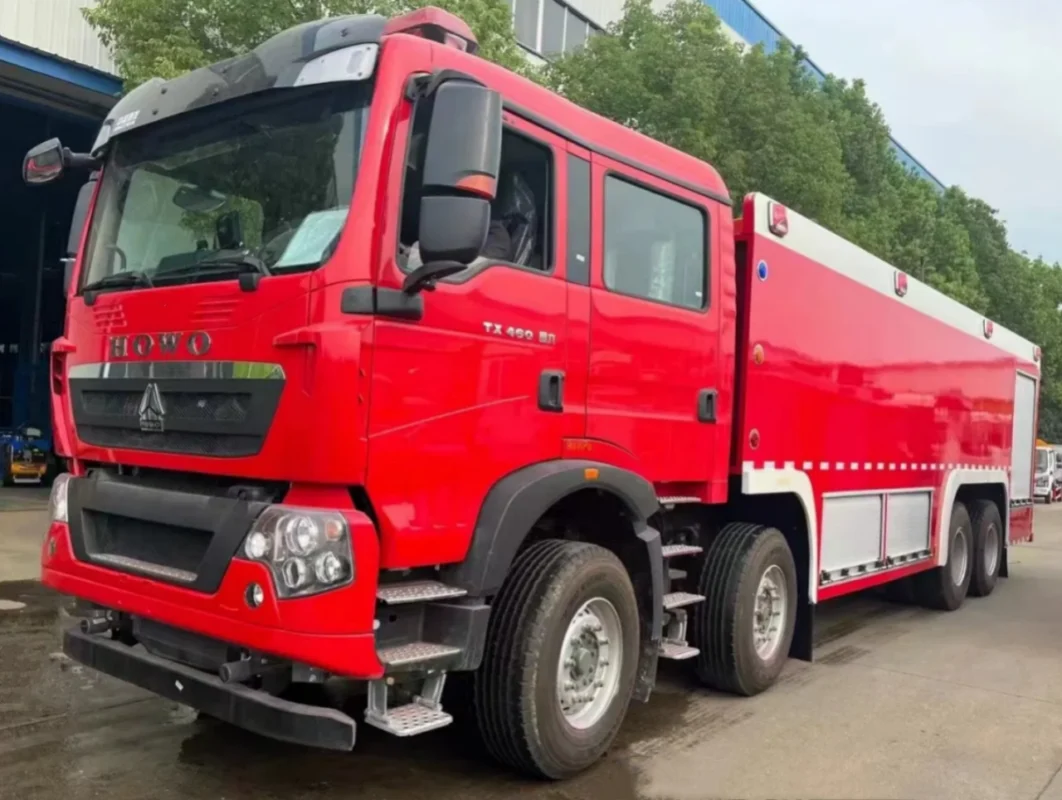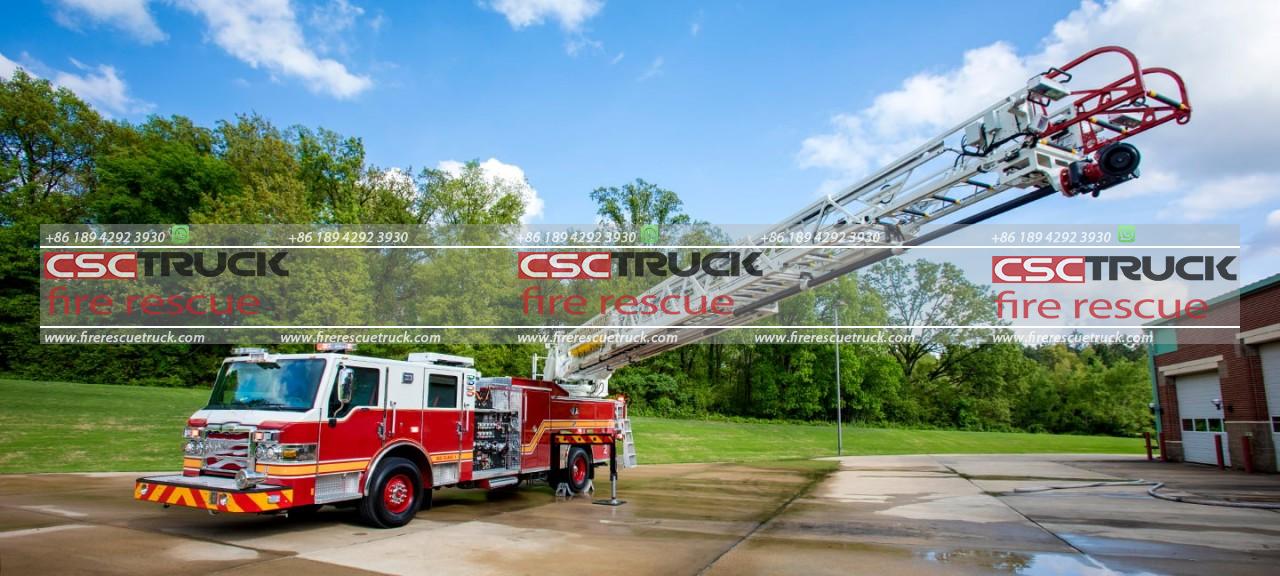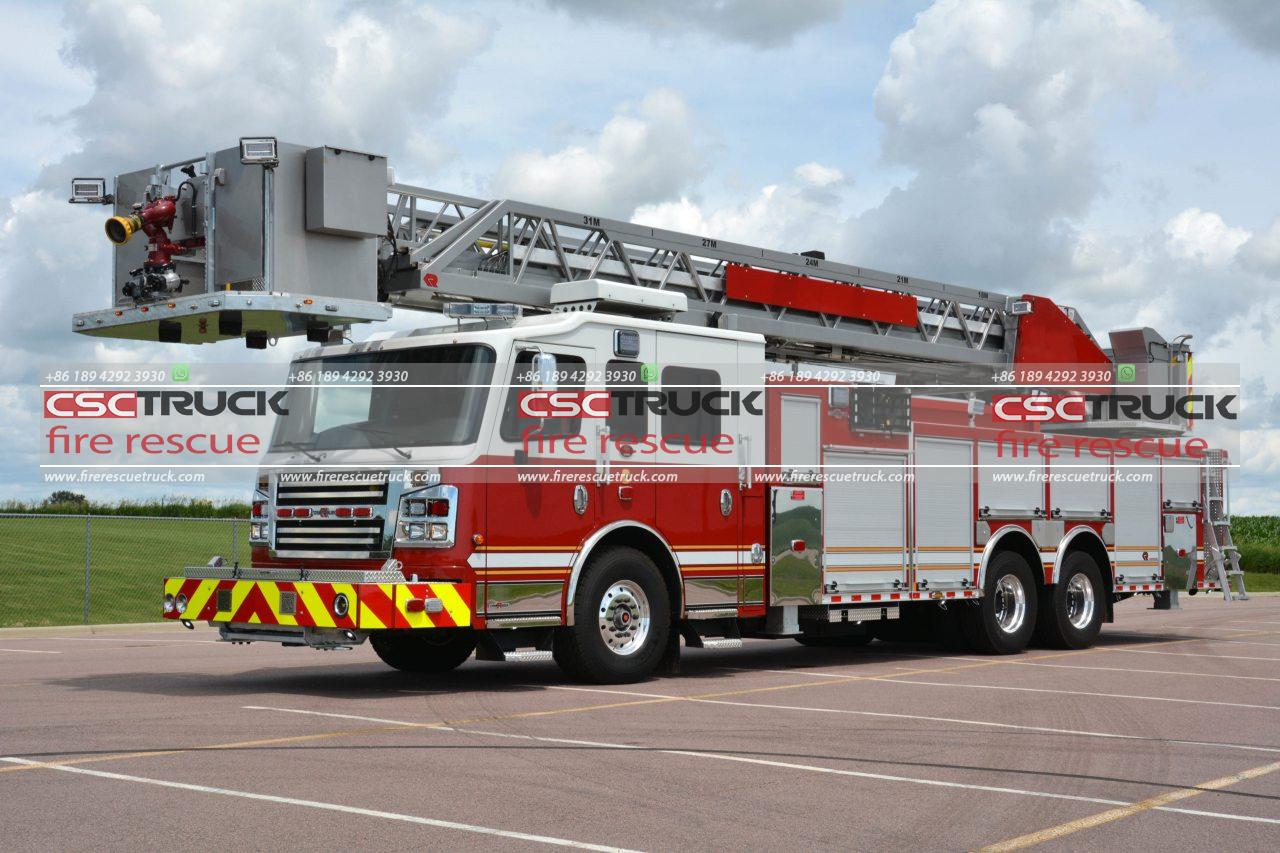When people think of fire trucks, the image that often comes to mind is that of a large, red vehicle racing through city streets, sirens wailing and lights flashing. This quintessential fire truck is usually a fire department pumper, also known as a pumper truck or engine company. These vehicles form the backbone of fire suppression operations across the world. But what exactly is a fire department pumper, and what role does it play in firefighting? This article explores the design, components, and critical functions of this essential emergency response vehicle.
The Role of a Fire Department Pumper
At its core, a fire department pumper is a mobile water delivery system. Its primary function is to pump water from onboard tanks, hydrants, or other water sources to hoses used by firefighters. These trucks are usually the first to arrive on the scene of a fire and are equipped to handle a wide range of initial response duties, including:
- Supplying water to extinguish fires
- Transporting firefighters and firefighting equipment
- Supporting search and rescue efforts
- Providing lighting and basic medical care
- Acting as a command center during small-scale emergencies
The versatility and readiness of a pumper make it indispensable during both urban and rural fire responses.
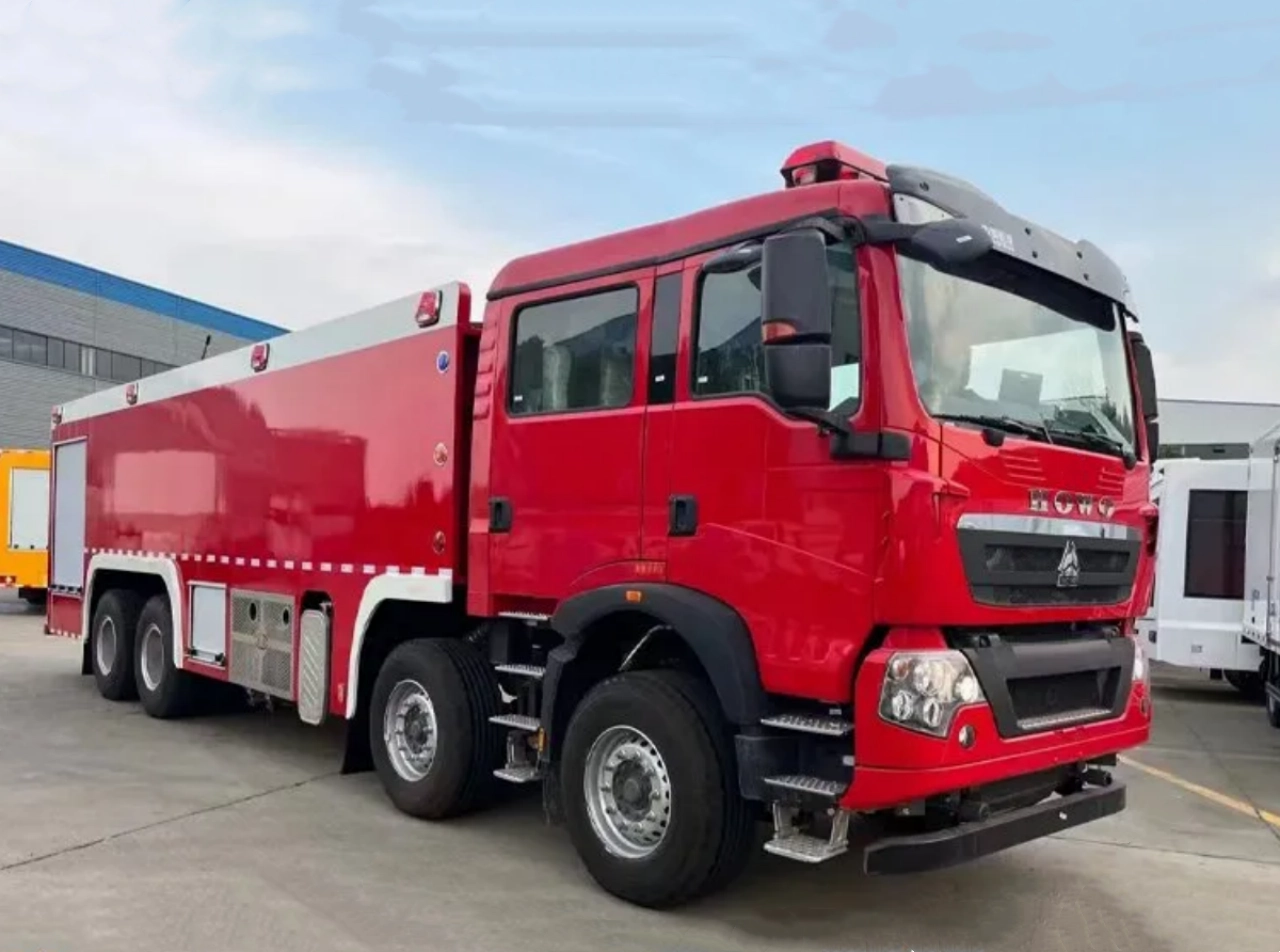
Key Components of a Pumper
To perform its essential duties, a fire department pumper is built with several critical systems:
1. Pump System
The heart of the vehicle is the centrifugal pump. This pump is typically powered by the vehicle’s engine or by a separate diesel motor. Most pumpers have capacities ranging from 750 to 2,000 gallons per minute (GPM), although high-capacity units may exceed that.
The pump allows firefighters to draw water from:
- The truck’s onboard water tank
- A municipal hydrant via intake hoses
- Natural sources like ponds, rivers, or lakes via suction lines
Pumper trucks are equipped with various pressure and flow controls to manage different firefighting scenarios.
2. Water Tank
Most modern pumpers carry an onboard water tank with a capacity ranging from 500 to 1,000 gallons, depending on the truck’s size and intended use. While this is not enough for extended firefighting, it allows for an immediate response before a continuous water supply is established.
3. Hose Storage and Hose Beds
Pumper trucks carry a range of fire hoses, categorized by diameter and intended use:
- Attack lines (1½ to 2½ inches) for direct firefighting
- Supply lines (up to 5 inches) for transporting large volumes of water from hydrants
- Booster lines (small-diameter, typically mounted on reels) for quick deployment and small fires
Hose beds are carefully organized so that lines can be quickly deployed during an emergency.
4. Engine and Drivetrain
Pumpers are built on heavy-duty truck chassis and are powered by diesel engines, often with 300 to 450 horsepower. They must be capable of navigating a variety of terrain and conditions, from city streets to rugged countryside.
Many pumpers are equipped with all-wheel drive (AWD) for enhanced mobility in off-road or adverse weather conditions.
5. Equipment Storage
Beyond hoses and water, pumpers carry hundreds of pieces of specialized gear, including:
- Nozzles and adapters
- Ladders
- Thermal imaging cameras
- Breathing apparatus (SCBA)
- Axes and forcible entry tools
- Medical first aid kits
These items are stored in exterior compartments designed for fast and organized access.
6. Cab and Crew Area
Most pumpers have seating for 4 to 6 firefighters, including the driver and officer. The cab is equipped with radios, navigation tools, and communication systems. In some designs, the rear crew area is integrated into the cab, while in others it may be separated.

Types of Fire Pumpers
Though the general design is consistent, there are several specialized variations of the fire pumper:
1. Type 1 Pumper (Municipal Engine)
The most common design, used primarily in cities and suburbs. These are typically designed for structural firefighting and carry around 500-750 gallons of water.
2. Type 3 and 4 Pumpers (Wildland Engines)
Designed for off-road and remote firefighting. These units are smaller, more maneuverable, and often have 4×4 drive, with less water capacity but higher clearance.
3. Rescue-Pumpers
These hybrids combine the functionality of a pumper and a rescue unit. In addition to fire suppression equipment, they carry rescue tools such as hydraulic cutters (“Jaws of Life“), cribbing, and stabilization gear.
4. Foam Pumpers
Used in areas where flammable liquids are common (like airports or chemical plants). These carry large quantities of firefighting foam and specialized nozzles for applying it.
Operating a Pumper
Firefighters assigned to pumper operations must undergo specialized training to understand the mechanics of the truck and the dynamics of water flow. Key responsibilities include:
- Pump operation: Calculating pressure, flow rate, and friction loss based on hose length and diameter
- Hydrant connection: Efficiently connecting to external water sources
- Coordination: Supporting attack crews and relaying water as needed
- Troubleshooting: Responding to issues like pump cavitation or hose bursts in real time
Many departments also use mobile data terminals (MDTs) and pre-connect systems to streamline deployment and improve safety.
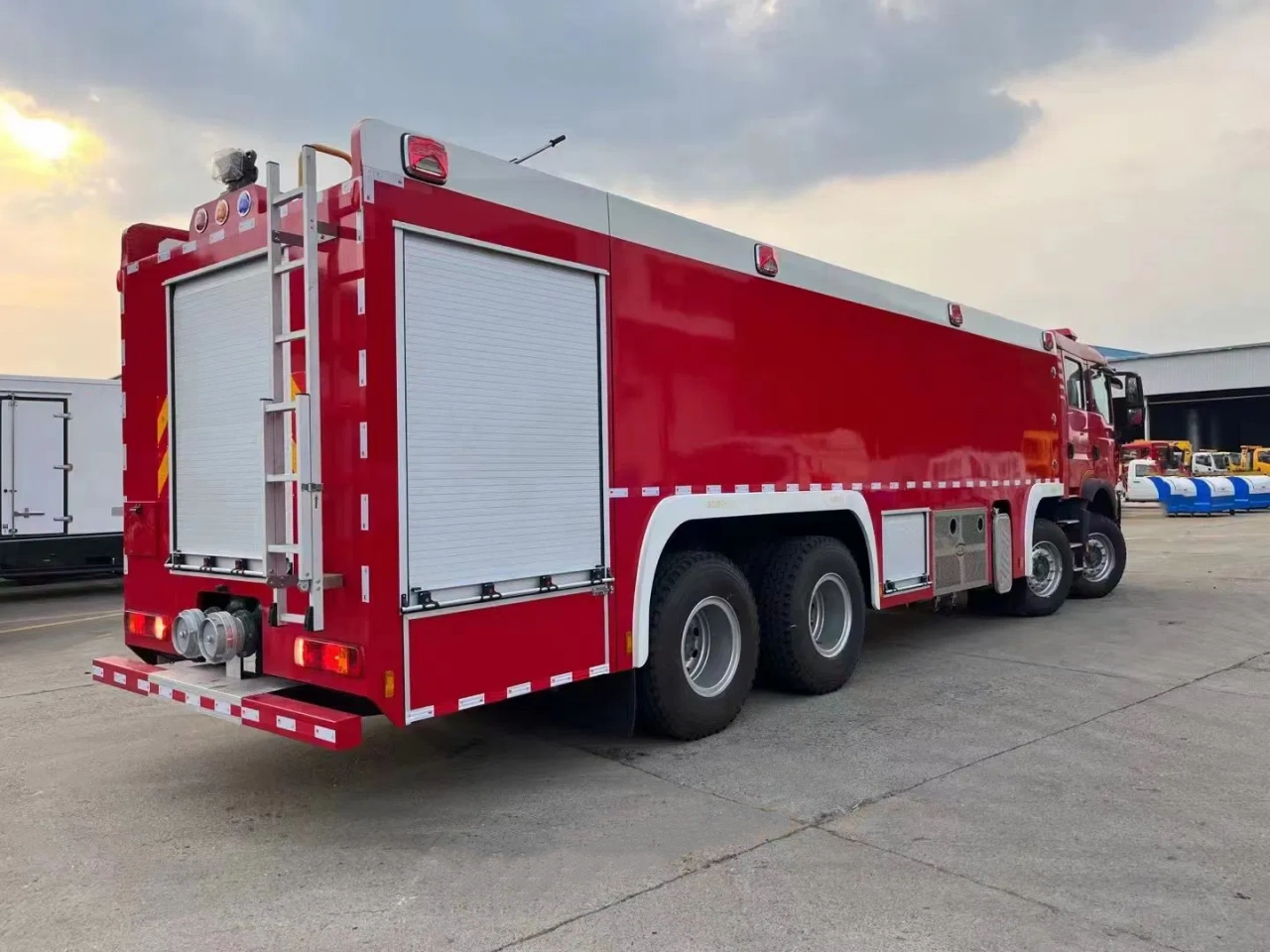
The Pumper’s Role in Modern Firefighting
As firefighting evolves with changes in building materials, fire behavior, and urban planning, the role of the fire pumper continues to expand. Today’s pumper trucks are equipped with advanced electronics, GPS, and incident management tools. In many communities, they also respond to medical emergencies, traffic accidents, and hazardous materials calls.
Additionally, some fire departments have adopted clean cab initiatives, which aim to reduce firefighter exposure to cancer-causing particulates by moving gear storage out of the cab and adding decontamination systems onboard.
Conclusion
A fire department pumper is far more than just a truck with a hose. It is a highly engineered, multipurpose emergency vehicle designed to deliver life-saving water, tools, and personnel exactly where they are needed. Whether dousing house fires, aiding in rescues, or supporting disaster response, the fire pumper stands as a symbol of rapid action and reliability. As technology continues to advance, the fire pumper will remain at the forefront of fire service innovation, carrying the tools of protection and the power of response wherever they’re needed most.
